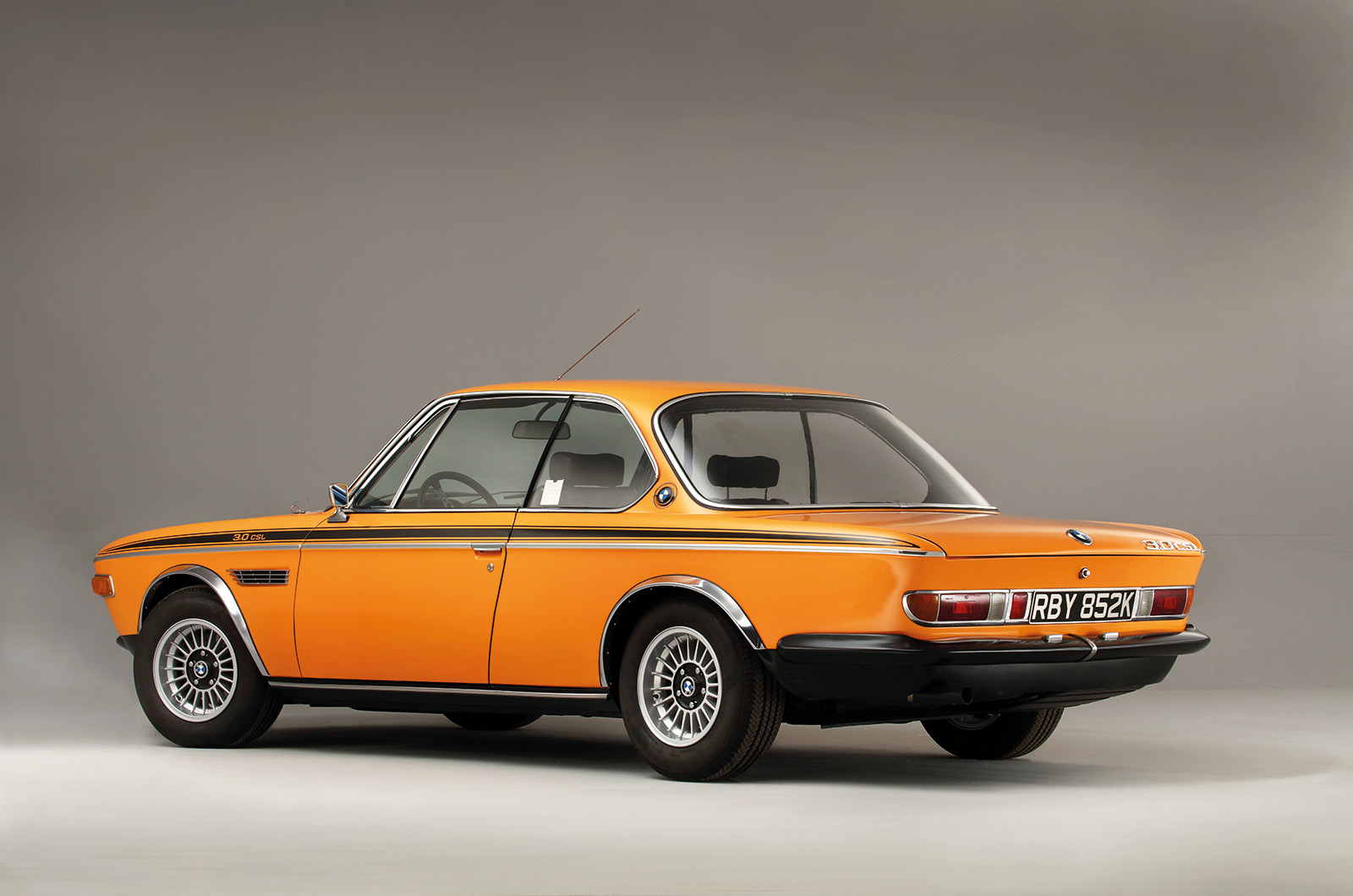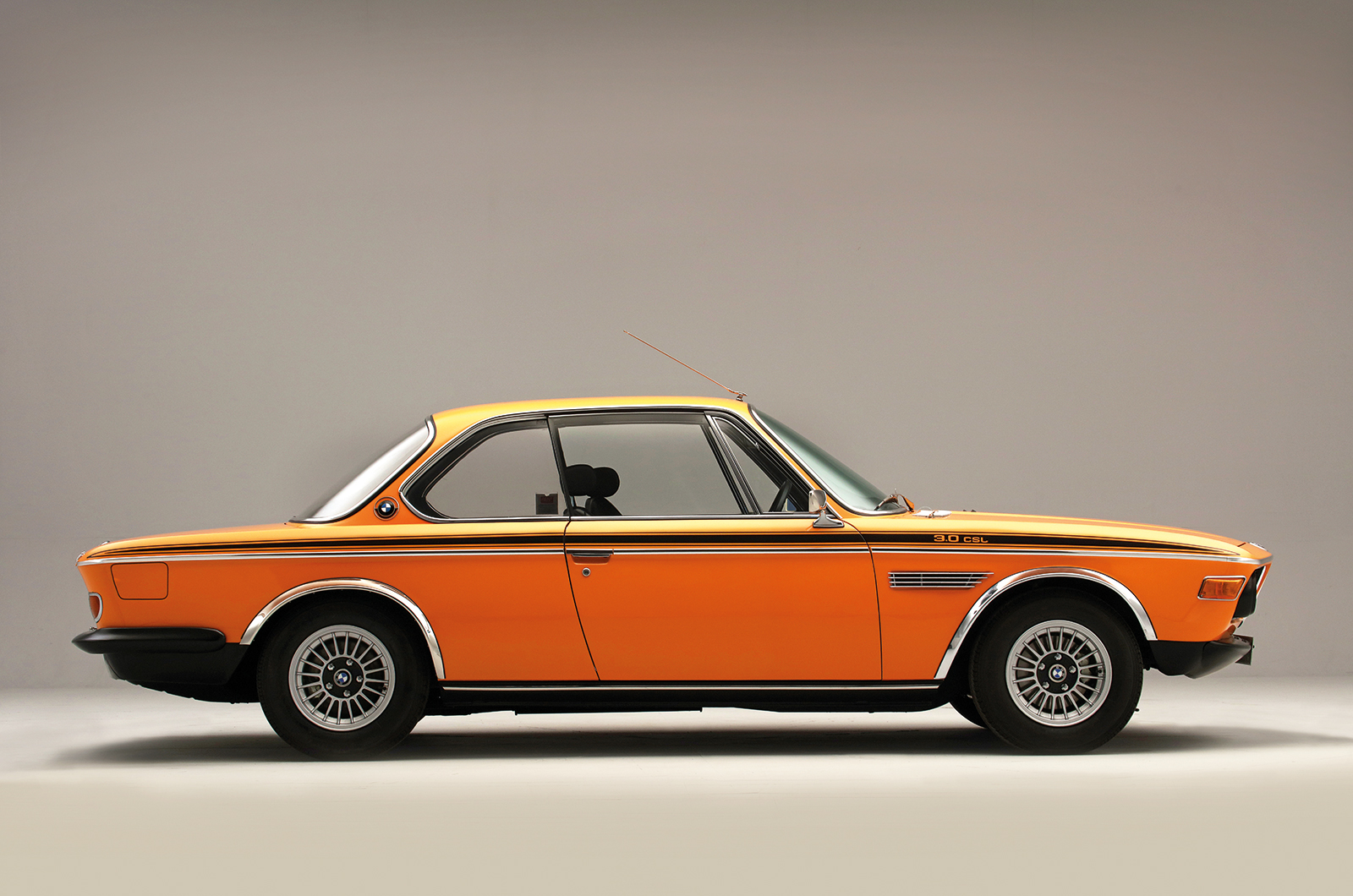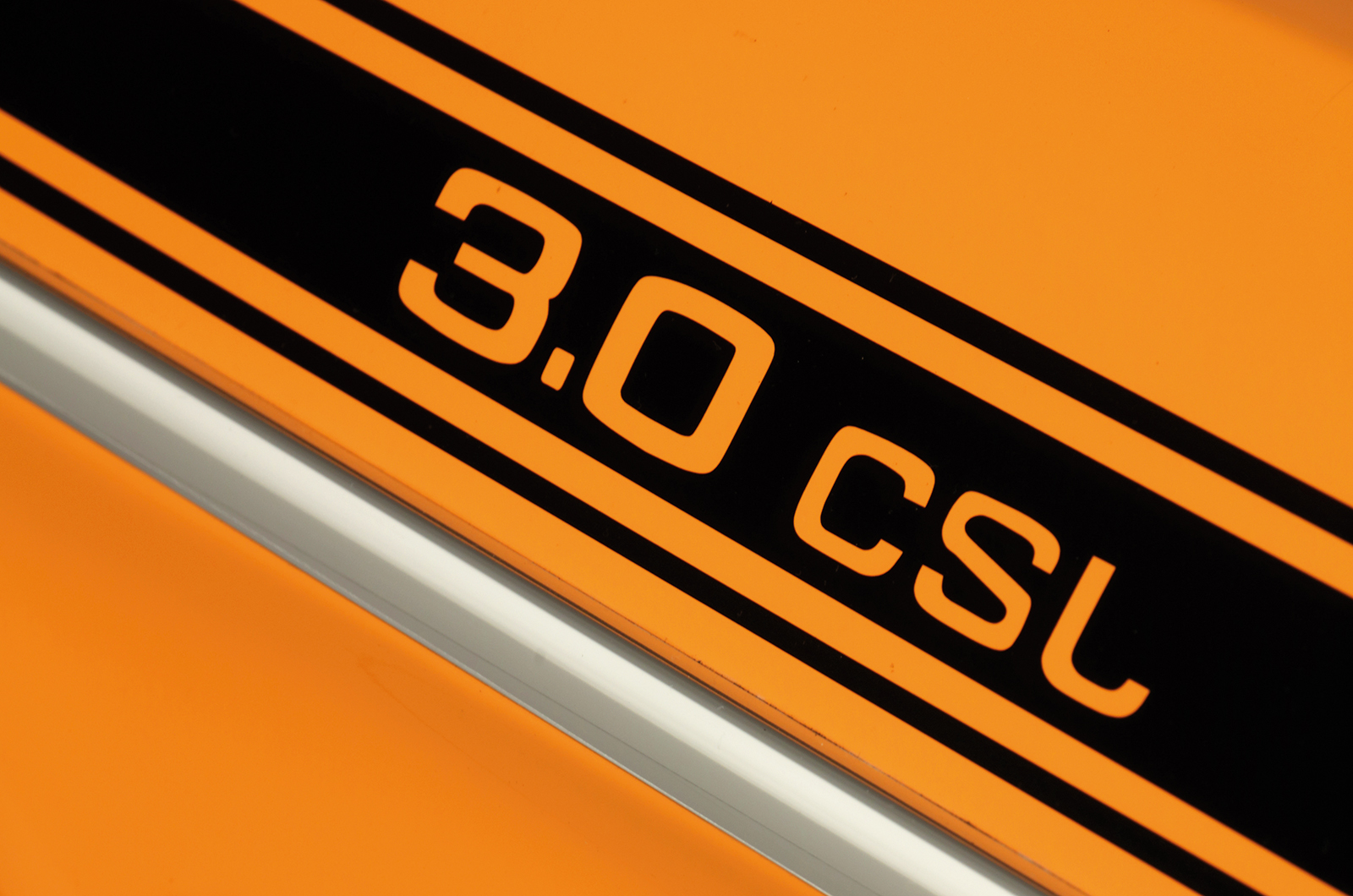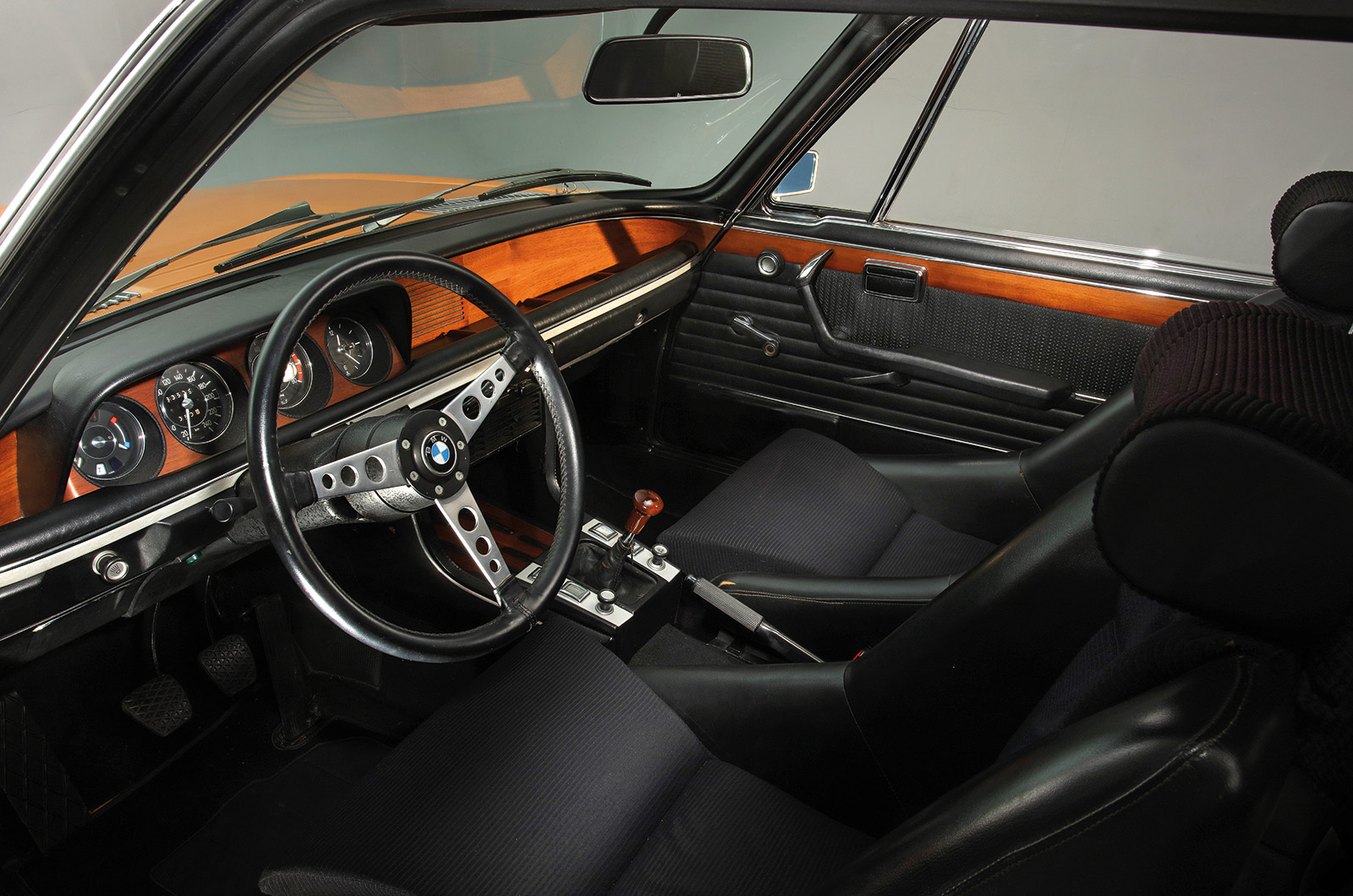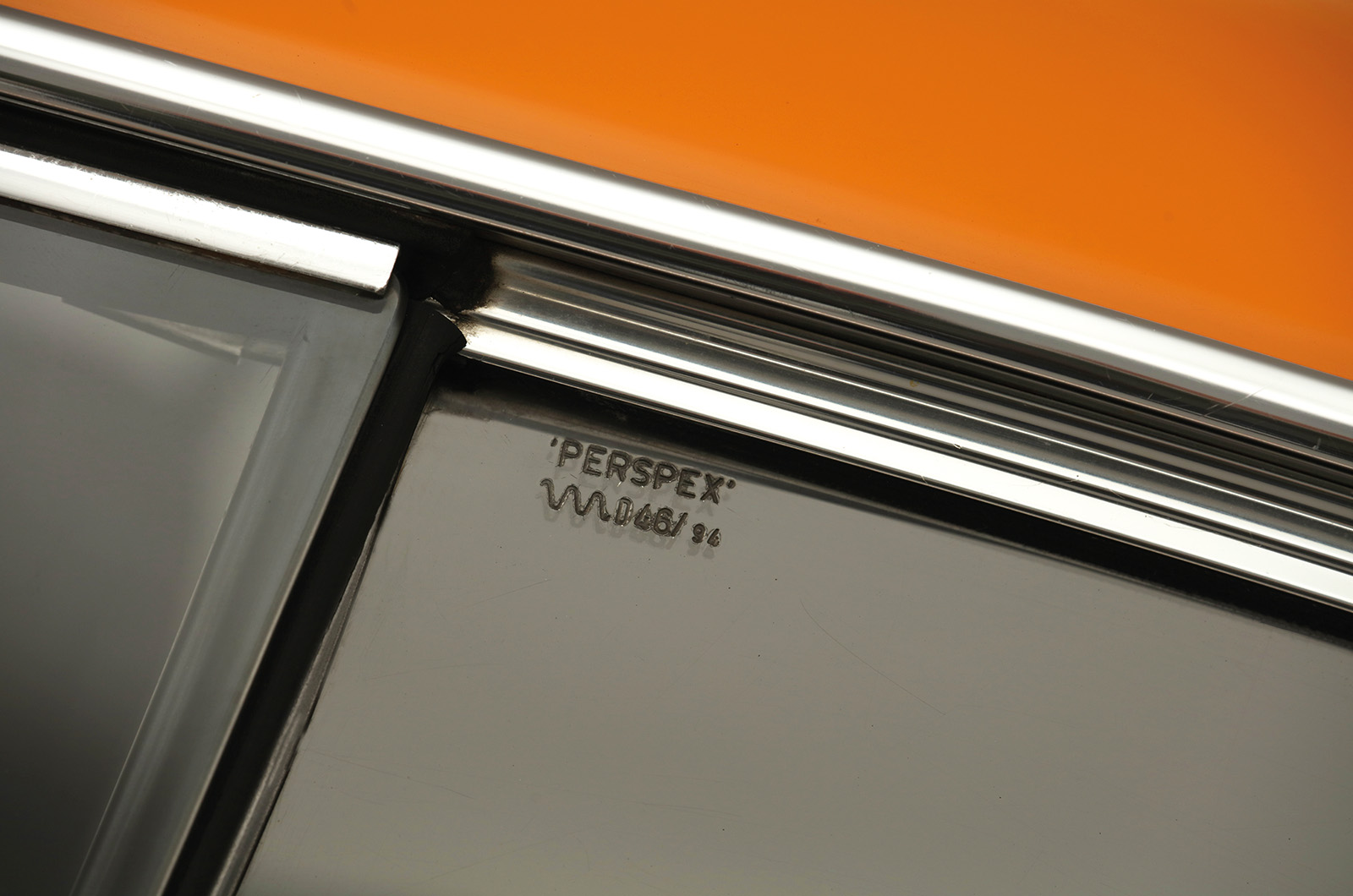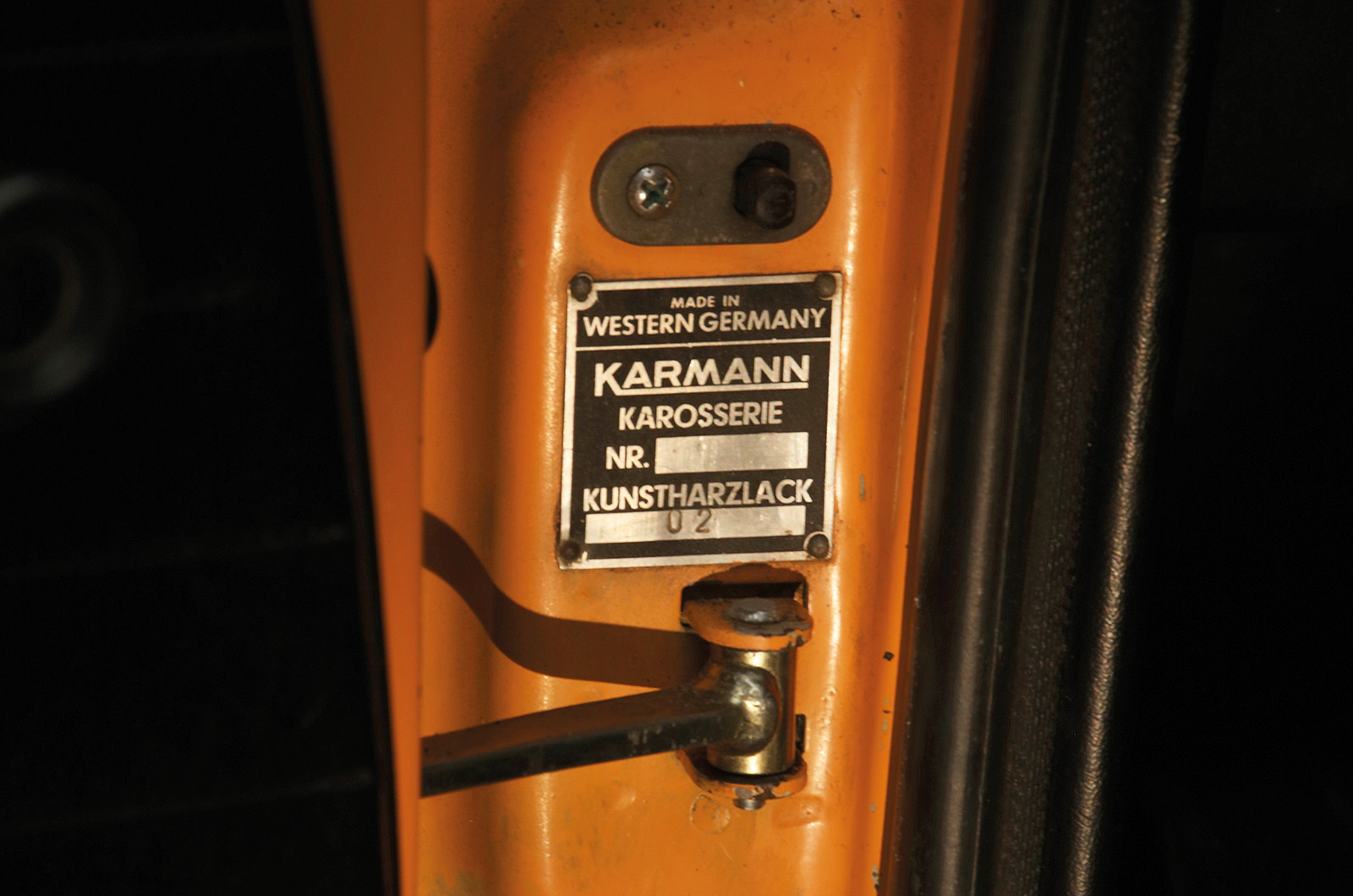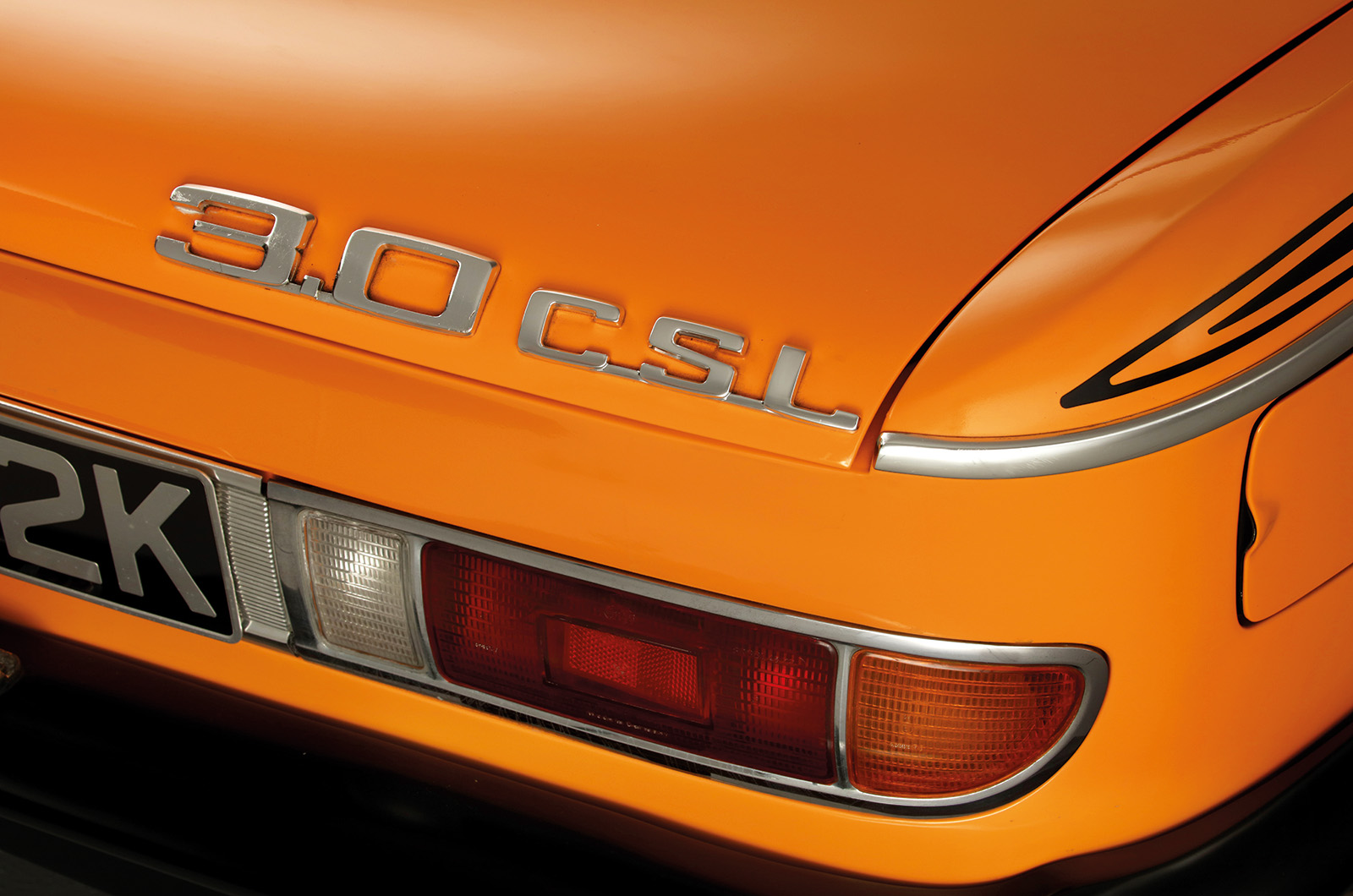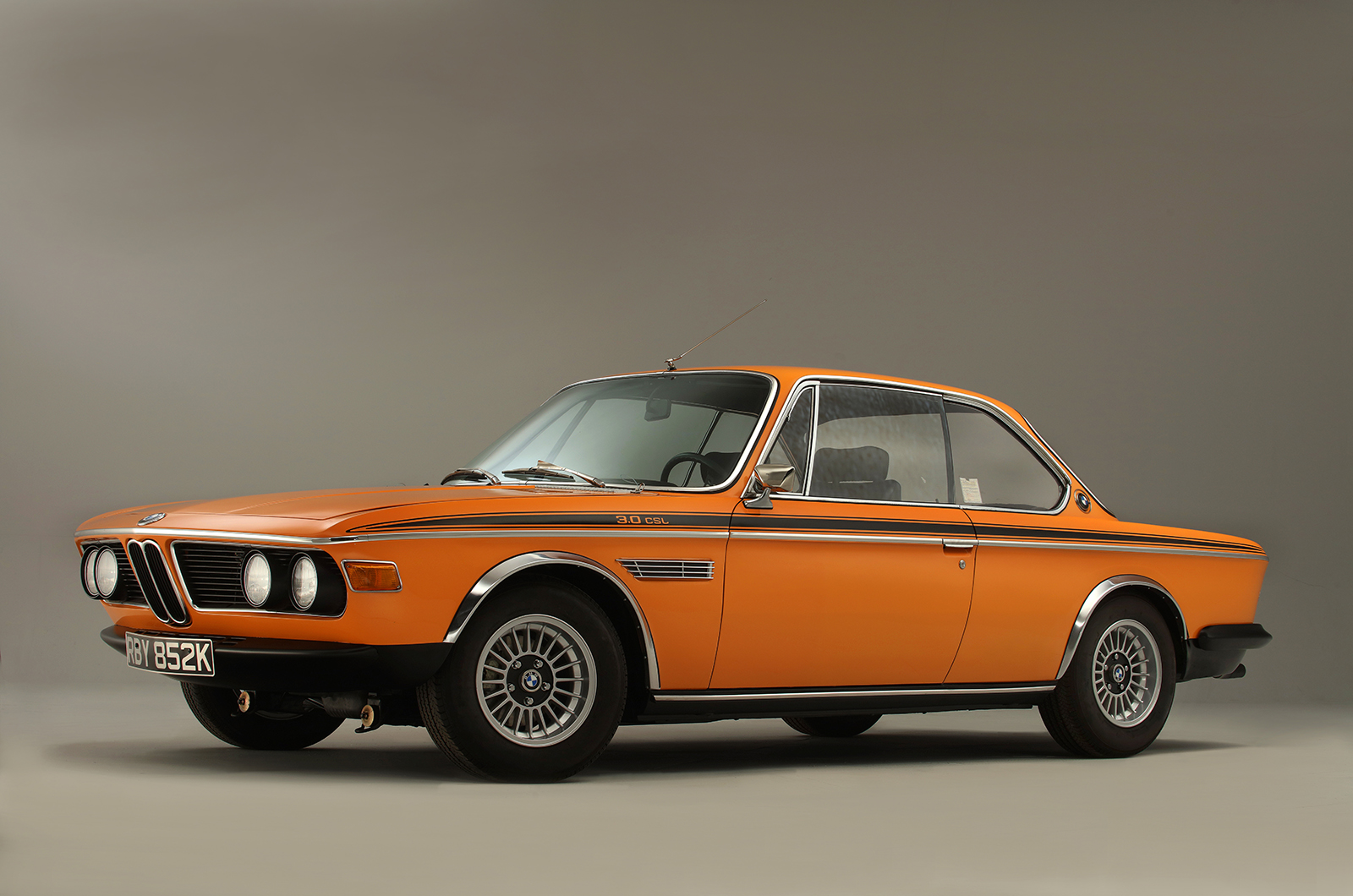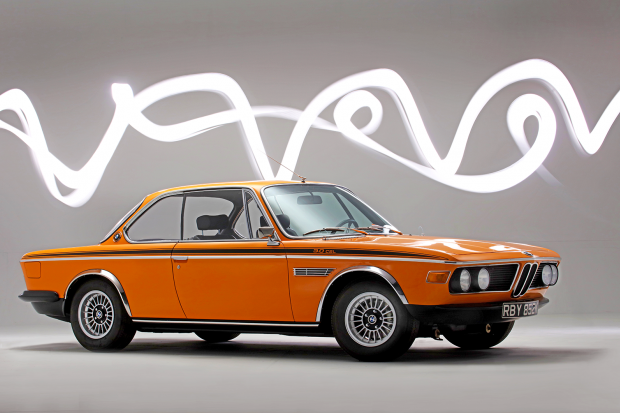
The arrival of the mighty CSL in 1971 launched the BMW Motorsport dynasty – here’s how it all happened
The story of the lightweight CSL coupé comes in four stages.
The 500 right-hookers built for the UK market are the most familiar – and in some ways the least exciting. It’s all part of the legend surrounding this most desirable of ’70s BMWs.
The so-called ‘Batmobiles’, the fastest, rarest and most visually dramatic of the cars, tend to get people the most excited; but we don’t actually know much about the very first CSLs, those 169 carburettor-engined cars built between May 1971 and June 1972.
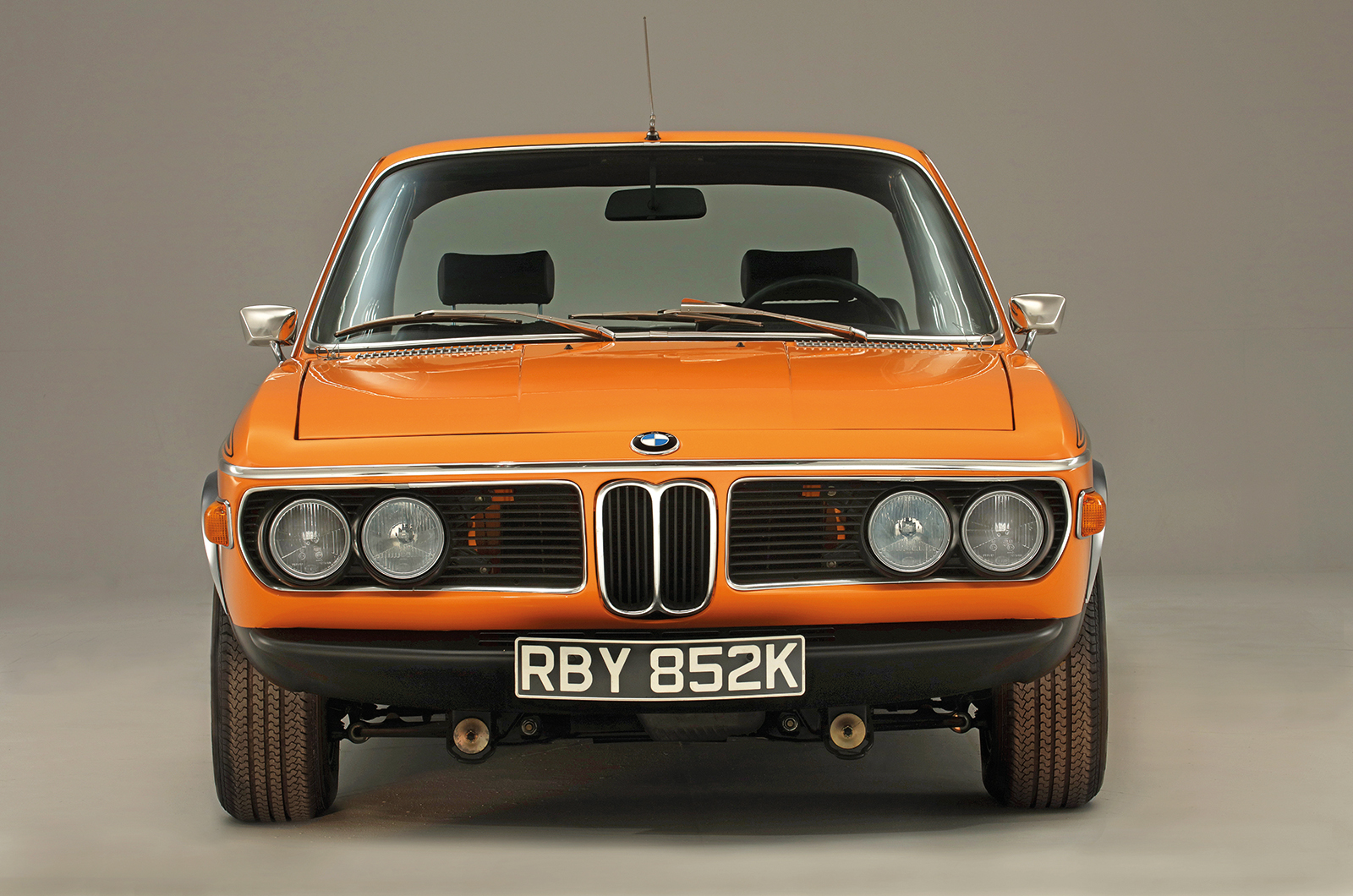
The aluminium bonnet is secured by racing latches and the grille is matt black
They were all left-hand drive and were never sold new in the UK, where their stripped-back character would not have chimed with the luxury image that the local importers (in those days they were merely concessionaires and thus separate from the factory) were successfully promoting.
In many ways, these E9 coupés with their heavy luxury trim and not especially stiff bodyshells were unlikely racing cars.

